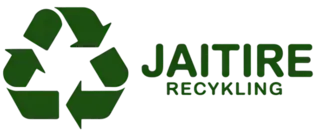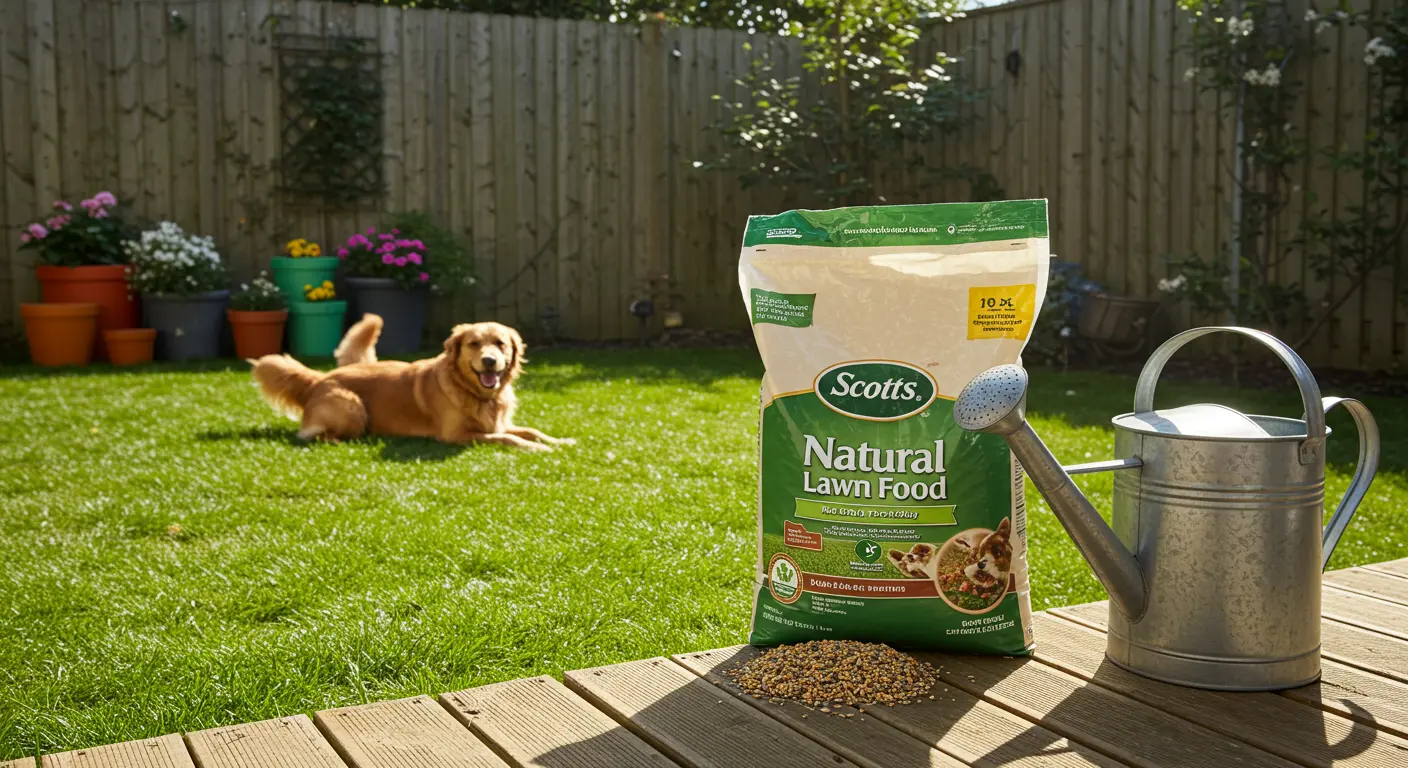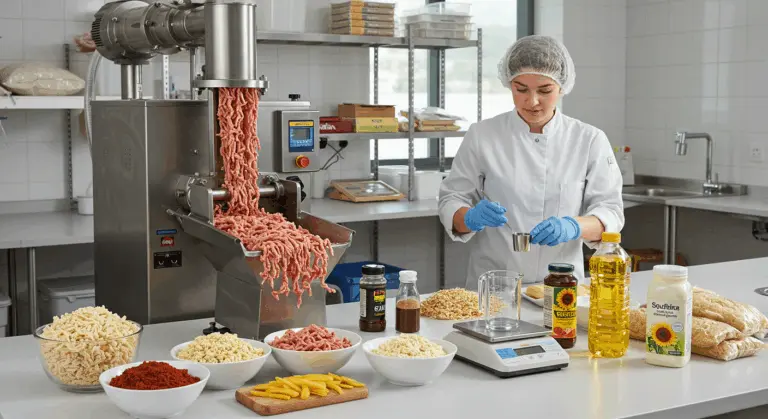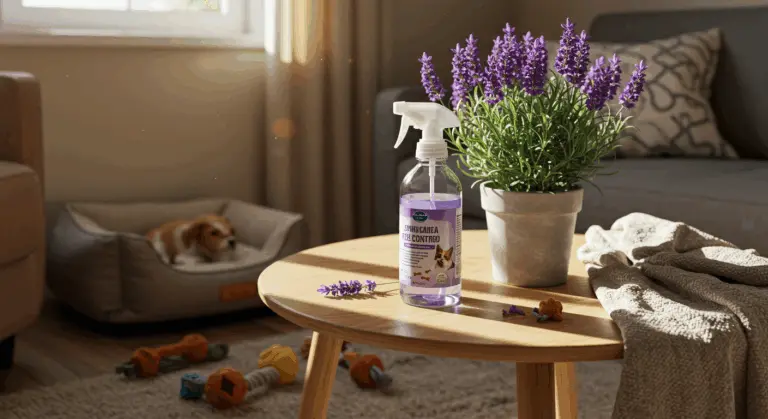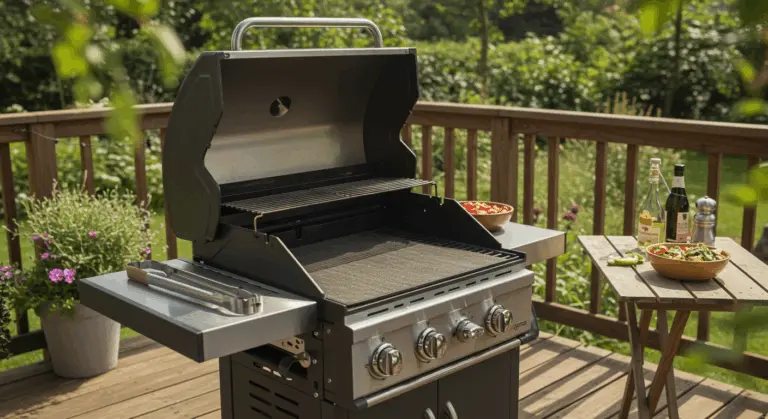Why Choose Pet Safe Lawn Fertilizer?
As a pet owner, you face a careful balance: nurturing a vibrant, emerald lawn while safeguarding your beloved companions’ health and wellbeing. Pet-safe lawn fertilizers offer a solution—specialized formulations that nourish your grass without introducing hazardous chemicals that could jeopardize your pets’ safety.
Conventional fertilizers frequently harbor toxic compounds that pose risks if your curious companion ingests them or pads across freshly treated turf. Pet-friendly alternatives sidestep these dangers while still delivering impressive lawn transformation. A truly pet-friendly fertilizer has three key qualities:
-
Quick-drying capabilities
-
Fast soil absorption
-
Minimal to no harmful chemical content
Granular fertilizers—a homeowner favorite—can indeed be pet-safe, though certain conditions must be met. These products must completely dissolve into the soil, and pets should be kept away from treated areas during the absorption period. Products like Pet Safe 24-0-6 are designed specifically to reduce the amount of time your pets need to stay off the lawn after application, making lawn care easier for pet-conscious homeowners.
Beyond immediate safety benefits, selecting pet-conscious lawn products creates a healthier outdoor ecosystem. Your thoughtfully maintained lawn becomes a sanctuary where pets can frolic, exercise, and explore freely—no chemical hazards lurking beneath their paws. This approach not only protects your pets from immediate harm but also reduces their long-term exposure to chemicals that could accumulate in their systems over time.
Top Recommended Pet Safe Lawn Fertilizers
Finding the right fertilizer requires—balancing stunning lawn aesthetics with unwavering pet protection. The market offers many exceptional pet-friendly options that effectively balance impressive results with negligible risks to your four-legged family members.
Top contenders in the pet-safe category include:
-
Scott’s Natural Lawn Food: An effective, natural formulation that works on all grass types year-round.
-
Epsom Organic Lawn Food: A trusted choice for environmentally conscious pet owners, providing slow-release nutrients without harmful chemicals.
-
Purely Organic Lawn Food: An excellent alternative with plant-based ingredients that promote soil health while keeping pets safe.
While these products cost slightly more over conventional alternatives, the peace of mind they provide is worth the extra cost.
When choosing among these stellar options, consider your lawn’s specific needs, local climate patterns, and grass variety to identify your perfect match. Even with pet-safe formulations, temporarily restricting access to treated zones remains wise until absorption occurs—thankfully, a fraction of the waiting time conventional products demand.
Scott’s Natural Lawn Food – Features and Benefits
Scott’s Natural Lawn Food stands out as an excellent choice for pet owners who refuse to choose between lawn luxury and animal safety. This formula promotes dense, emerald turf with its carefully balanced organic nutrients. One of its most appealing features is its versatility—it can be applied during any season of the year, making it a convenient year-round solution for lawn maintenance regardless of your climate zone.
Unlike harsh chemical fertilizers demanding extended pet quarantine periods, Scott’s Natural Lawn Food takes a gentler approach to lawn nutrition. It works with your soil’s natural processes, fostering robust grass growth from the ground up. The result? Stronger turf that resists drought, disease, and even the most enthusiastic pet play sessions.
This product works well across all grass varieties—Kentucky bluegrass, Bermuda, fescue, zoysia—while its natural composition virtually eliminates chemical runoff, creating a win-win for pets and planet alike.
For multi-pet households or outdoor-loving animals, this fertilizer provides reliable safety through its natural pedigree while producing the beautiful results every homeowner craves. Though it works with nature’s patience rather than chemical urgency, this focus on safety and environmental responsibility makes it a top choice among pet-conscious lawn enthusiasts.
Morganite – A Safer Organic Option
Morganite is a proven organic option, crafted from carefully treated biosolids. Free from harsh chemicals and synthetic additives, it takes a gentler, environmentally friendly approach of lawn nourishment.
Morganite’s key advantage for pet households? Its ingenious slow-release nitrogen delivery system. This measured nutrient release nurtures thriving soil ecosystems and vigorous grass development while dramatically minimizing toxicity risks—even if curious pets sample the lawn or traverse freshly treated territory. The slow-release mechanism also means fewer applications are needed throughout the year, minimizing the occasions when you’ll need to restrict your pet’s access to outdoor spaces.
Though Morganite ranks among the safest choices available, conscientious pet parents should still honor proper application protocols. A brief 1-2 day restriction from treated areas—until thorough watering and soil absorption occur—ensures optimal safety while weather conditions cooperate. This brief waiting period ensures maximum safety while allowing the nutrients to begin working effectively in your soil.
Beyond safety, Morganite performs well. Its organic foundation gradually strengthens soil architecture, yielding drought-defiant turf that withstands the enthusiastic wear patterns active pets inevitably create. For pet owners seeking to balance a beautiful lawn with their animals’ wellbeing, Morganite represents a practical solution that doesn’t force you to choose between lush grass and pet safety.
Understanding Fertilizer Ingredients and Their Safety
Navigating fertilizer selection for pet households requires understanding of ingredients and their potential health implications for our animal companions. Conventional fertilizers often harbor components that cause problems when curious canines or felines decide to investigate with their mouths. The primary nutrients in most fertilizers—nitrogen, phosphorus, potassium, and iron—while essential for plant growth, can cause health issues ranging from mild digestive upset to severe poisoning in pets depending on the concentration and form.
Quick-release synthetic nitrogen compounds are especially concerning to pet wellbeing. Ingestion causes digestive problems—vomiting, diarrhea, and in severe scenarios, devastating red blood cell damage. Concentrated phosphorus and potassium cause similar problems, disrupting delicate electrolyte balance and straining kidneys when consumed in substantial quantities. Iron, while present in smaller amounts, is particularly concerning as it can cause serious toxicity even in relatively small doses.
Organic fertilizers provide a safer alternative, using natural ingredients:
-
Composted plant matter
-
Animal manures
-
Fish emulsion
-
Seaweed extracts
-
Bone meal
These natural formulations release nutrients at nature’s pace, dramatically reducing toxicity risks while steering clear of synthetic additives, pesticides, and herbicides.
When shopping for pet-safe options, look for certifications that validate both safety and quality credentials. EPA certification signals thorough environmental impact evaluation, while OMRI-listed products (Organic Materials Review Institute) satisfy rigorous organic production standards. These certifications provide assurance that the products have been thoroughly vetted for safety concerns. Many manufacturers now also specifically label their products as ‘pet-friendly’ or ‘pet-safe,’ indicating formulations designed with animal safety in mind.
Beyond the main nutrients, carefully check the additional ingredients in fertilizer blends. Certain products contain herbicides, fungicides, or insecticides that significantly increase pet risks. Others feature blood meal or bone meal—organic, yes, but irresistibly attractive to dogs and potentially dangerous if consumed enthusiastically. The safest approach is to choose simple, straightforward formulations with minimal additives and clearly listed ingredients that you can research if necessary.
Application Tips for Pet Safe Lawn Fertilizers
Proper application ensures both effectiveness and safety. The golden rule? A 24-48 hour pet-free zone post-application. This allows the fertilizer to absorb fully into the soil, significantly reducing the risk of accidental ingestion or contact.
Use broadcast or drop spreaders for superior coverage and consistency. These tools provide uniform distribution, eliminating hazardous concentration hotspots that might tempt curious pets. Before application, carefully read the product’s specific instructions regarding application rates, as over-application not only wastes product but can increase toxicity risks. Most pet-safe fertilizers recommend application rates between 0.5-1 pound of nitrogen per 1,000 square feet of lawn.
Good weather conditions help in safe fertilizer deployment. Choose calm, windless days to prevent unwanted drift into pet playgrounds or water sources. Gentle post-application watering activates fertilizers and accelerates soil absorption—but steer clear of pre-storm applications that risk runoff problems. For maximum safety, consider sectioning your yard and treating areas sequentially, allowing pets access to untreated sections while waiting for treated areas to become safe again.
Liquid organic fertilizers—fish emulsion, seaweed extracts—require careful dilution for pet safety. These potent concentrates require careful mixing per package instructions—usually 1:10 to 1:20 water ratios—before application. While these natural options generally pose fewer risks than synthetic alternatives, they can still cause digestive upset if ingested before drying. For added safety, store all fertilizer products in their original containers in locked cabinets or high shelves completely inaccessible to pets.
Meticulous record-keeping of application timing and locations is very helpful. This habit optimizes your lawn care rhythm while giving veterinarians important information should accidental exposure occur. Many pet owners find it helpful to post temporary signs in treated areas as visual reminders to keep pets away until the waiting period has passed. With these careful application practices, you can maintain a lush, healthy lawn that remains a safe environment for your beloved pets.
Signs of Fertilizer Poisoning in Pets
Recognizing fertilizer poisoning symptoms is important for your pet’s safety. Conventional fertilizer ingestion causes various symptoms. Immediate signs, which typically appear within hours, include:
-
Drooling, vomiting, or diarrhea
-
Abdominal pain
More severe cases may progress to: -
Tremors or seizures
-
Difficulty breathing
-
Unusual lethargy
Skin contact can also cause problems, especially on tender paw pads. Post-treatment lawn contact often manifests as obsessive paw licking, chewing, redness, or visible irritation. Some pets may develop contact dermatitis, appearing as red, inflamed skin or even small blisters in severe cases. Always rinse your pet’s paws thoroughly if they’ve had contact with any fertilized area before the recommended waiting period.
Iron toxicity—prevalent in numerous fertilizer blends—causes particularly serious symptoms. Beyond digestive problems, iron poisoning triggers pale gums, labored breathing, racing heartbeat, and potentially devastating liver damage. Blood-tinged vomit or stool is a serious warning sign that requires immediate veterinary attention. The severity of symptoms typically correlates with the amount ingested and the concentration of potentially harmful ingredients.
Suspected fertilizer exposure requires immediate action. Rush to your veterinarian or emergency animal hospital without delay. Bring the product packaging or take a clear photo of the ingredient list to help medical professionals provide appropriate treatment. Quick action can prevent minor exposure from developing into a serious medical emergency. This underscores why prevention through choosing genuinely pet-safe products and following proper application procedures is always the best approach to lawn care in homes with pets.
Lawn Care Practices That Are Safe for Pets
Stunning lawns and pet safety can coexist. Smart fertilizer selection represents just the beginning—comprehensive pet-friendly practices transform your outdoor space into a genuine sanctuary for furry family members. Regular maintenance plays a crucial role in reducing the need for harsh chemicals while keeping your lawn healthy and vibrant.
Proper mowing height is one of the most effective pet-safe strategies. Maintaining optimal grass height—typically 2.5-3.5 inches depending on variety—encourages robust root development while naturally suppressing weeds and reducing the need for herbicides. Additionally, leaving grass clippings on the lawn after mowing (grass cycling) provides a natural nitrogen source, decreasing the amount of fertilizer needed while being completely safe for pets.
Strategic watering practices significantly affect both lawn vitality and pet wellbeing. Deep, infrequent watering sessions cultivate resilient root networks that resist drought and repel disease. Water early in the morning to minimize evaporation and fungal growth, allowing the grass to dry completely before pets venture out. This reduces the transfer of any lawn treatments to your pet’s paws and prevents them from ingesting residual moisture that might contain dissolved fertilizer.
For pest management, consider these natural alternatives to chemical pesticides:
-
Beneficial Nematodes: Effectively control grubs and other soil-dwelling pests without harming pets.
-
Diatomaceous Earth: Creates a natural barrier against crawling insects when sprinkled around the lawn’s perimeter.
-
Regular Maintenance: Keeping grass trimmed and removing leaf litter eliminates breeding grounds for pests like fleas.
Overseeing is another pet-friendly approach for naturally boosting lawn density. Regular seed introduction creates thick turf that resists weeds while demanding minimal chemical backup. Choose hardy grass varieties suited to your climate and the amount of traffic your lawn receives from active pets. Some varieties, like tall fescue and Kentucky bluegrass, better withstand the wear and tear from playful dogs.
Strategic pet zones within your landscape work well. Dedicated pathways or play zones featuring hardy ground cover redirect heavy pet traffic from delicate lawn sections, reducing grass stress while minimizing treatment needs. This approach allows you to maintain a beautiful lawn while accommodating your pet’s natural behaviors, creating harmony between lawn care goals and pet safety priorities.
Frequently Asked Questions About Pet Safe Lawn Fertilizers
Pet owners increasingly want beautiful lawns while keeping their pets safe, so they have many questions about pet-friendly fertilizers. Here are answers to the most common questions to help you make informed decisions about your lawn care routine.
Absolutely—numerous fertilizers earn genuine pet-safety credentials when applied according to directions. Look for products with natural or organic ingredients, such as those recommended earlier in this guide, and check for OMRI-listed or EPA certifications.
Even pet-safe formulations warrant temporary access restrictions until complete soil absorption occurs. This process usually takes 24–48 hours, influenced by weather patterns and specific product characteristics. Water the lawn thoroughly after application to help the fertilizer penetrate the soil more quickly and reduce the waiting period.
Pet-safe fertilizers champion natural or organic ingredients while shunning the synthetic chemical cocktails found in conventional alternatives. They are formulated to break down safely in the soil, minimizing the risk of harm to animals if ingested.
Homemade compost is the best DIY pet-safe fertilizer options. Make your own by composting yard debris, fallen leaves, and pet-safe kitchen scraps—vegetable peels yes, onions and garlic absolutely not. Another DIY option is a grass clipping tea made by steeping grass clippings in water for several days to create a nutrient-rich liquid fertilizer.
Suspected fertilizer ingestion requires immediate veterinary attention. Bring the product packaging with you, so the vet can identify specific ingredients. Watch for signs of poisoning, such as vomiting, diarrhea, or lethargy, and seek immediate veterinary attention.
Slow-release formulations often prove safer by gradually dispensing nutrients rather than dumping everything at once, minimizing harmful substance concentrations. However, the ingredients still matter—a slow-release chemical fertilizer may pose more risks than a quick-release organic option.
Multi-pet households and outdoor enthusiasts can still fertilize by choosing explicitly pet-safe products and following instructions carefully. Consider sectioning your yard and treating one area at a time, so pets always have access to an untreated space. Alternatively, temporary fencing can keep pets away from freshly treated areas until the fertilizer has been absorbed.
Pet-safe options may work more slowly than chemical alternatives, but many organic formulations deliver exceptional long-term results. They often improve soil health and microbial vitality, fostering robust root networks and resilient lawns that easily withstand pet traffic, drought stress, and disease pressure.
